He is a student of Gaston Saintpierre, Georges Laugée and Antoine Vollon. He exhibited at the Salon des artistes français from 1883 to 1930: he received an honourable mention in 1894 for Durant la moisson, Provence and in 1899 a 3rd class medal for Rencontre matinale, Provence. He mainly produced scenes representing peasant women (haymakers, shepherdesses) as well as rural landscapes. He painted rustic scenes imbued with a concern for idealization, observed around Marseille, Arles and in the Camargue. Elzéard Rougier, critic and defender of Provençal culture, said of him: "Rural beauty fascinates him, he studies it with love, he follows it, enthusiastically, through the golden broom and along the azure porcelain ponds, in the small pine woods where the cicadas sing their song of ardent obsession. The Arlesiennes especially tempt and preoccupy him." Some of his works can be found in museums: Thomas-Henry Museum (Cherbourg-en-Cotentin): Goats in the Pasture, pastel on paper, 50.5 × 90.2 cm Boucher-de-Perthes Museum (Abbeville): Landscape with a Flock of Sheep, oil on canvas, 52.9 × 67.8 cm3 Gassendi Museum (Digne): The Alpilles and the Eygalières Plain in Spring, In the Sands of the Durance Calvet Museum (Avignon): The Two Shepherdesses, Returning from the Fields, The Salse Pond with the Canigou, Mrs. Léotard He also produced religious scenes for churches such as that of Trinité-La-Palud in Marseille, where he painted a painting representing Saint Jean de Matha and Saint Félix de Valois, founders of the Trinitarian Order, wearing the red and blue cross on their chests, kneeling and imploring a Virgin and Child depicted at the top of the painting and on the other hand, for the chapel of the souls of purgatory, two mounted canvases representing one the angel Gabriel holding a chalice and the other an angel carrying away a soul.



























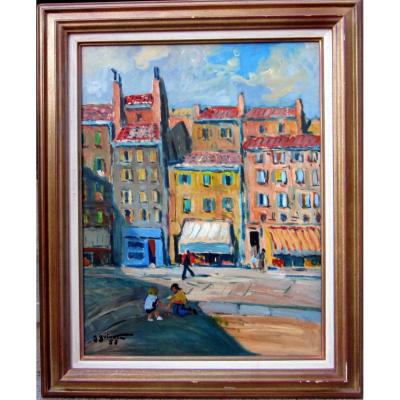

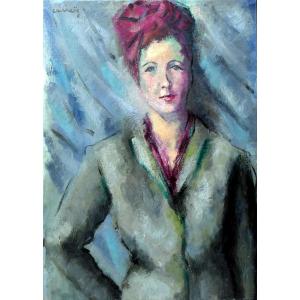
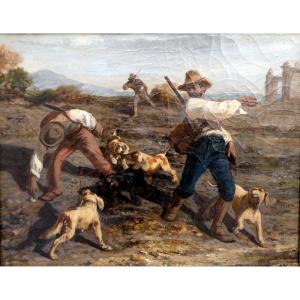
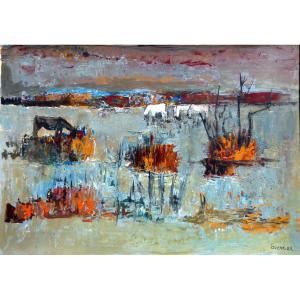
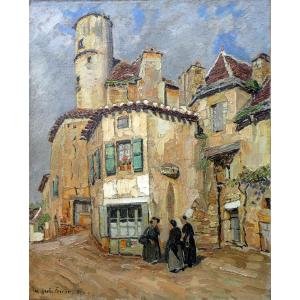
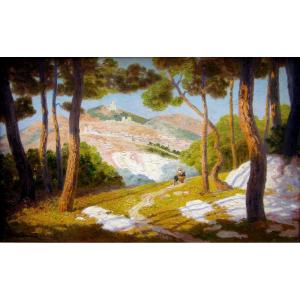


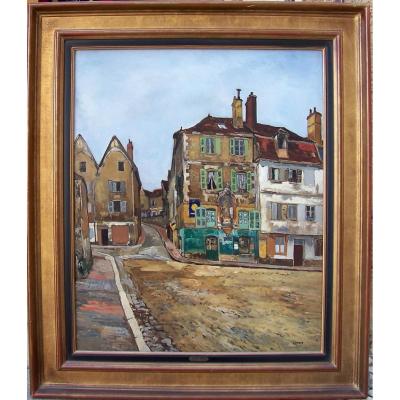
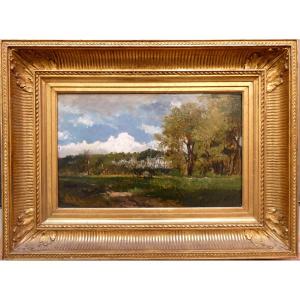



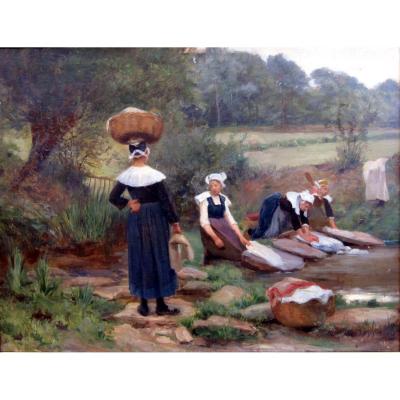
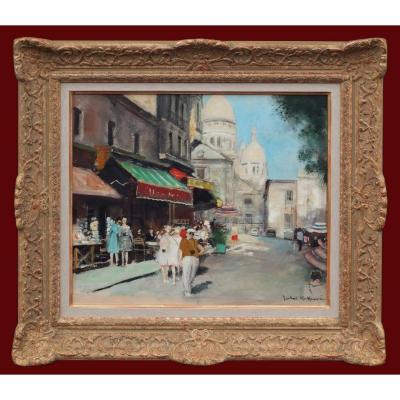


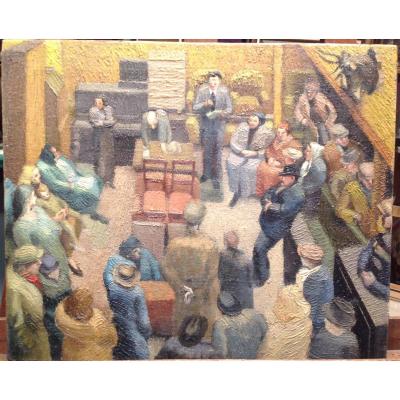
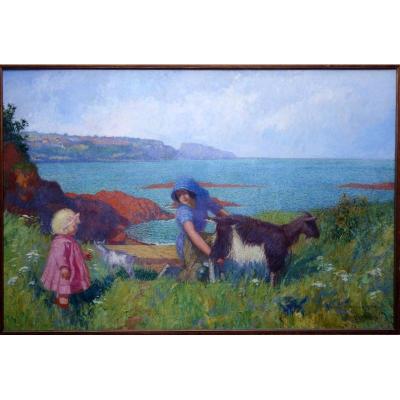



 Le Magazine de PROANTIC
Le Magazine de PROANTIC TRÉSORS Magazine
TRÉSORS Magazine Rivista Artiquariato
Rivista Artiquariato